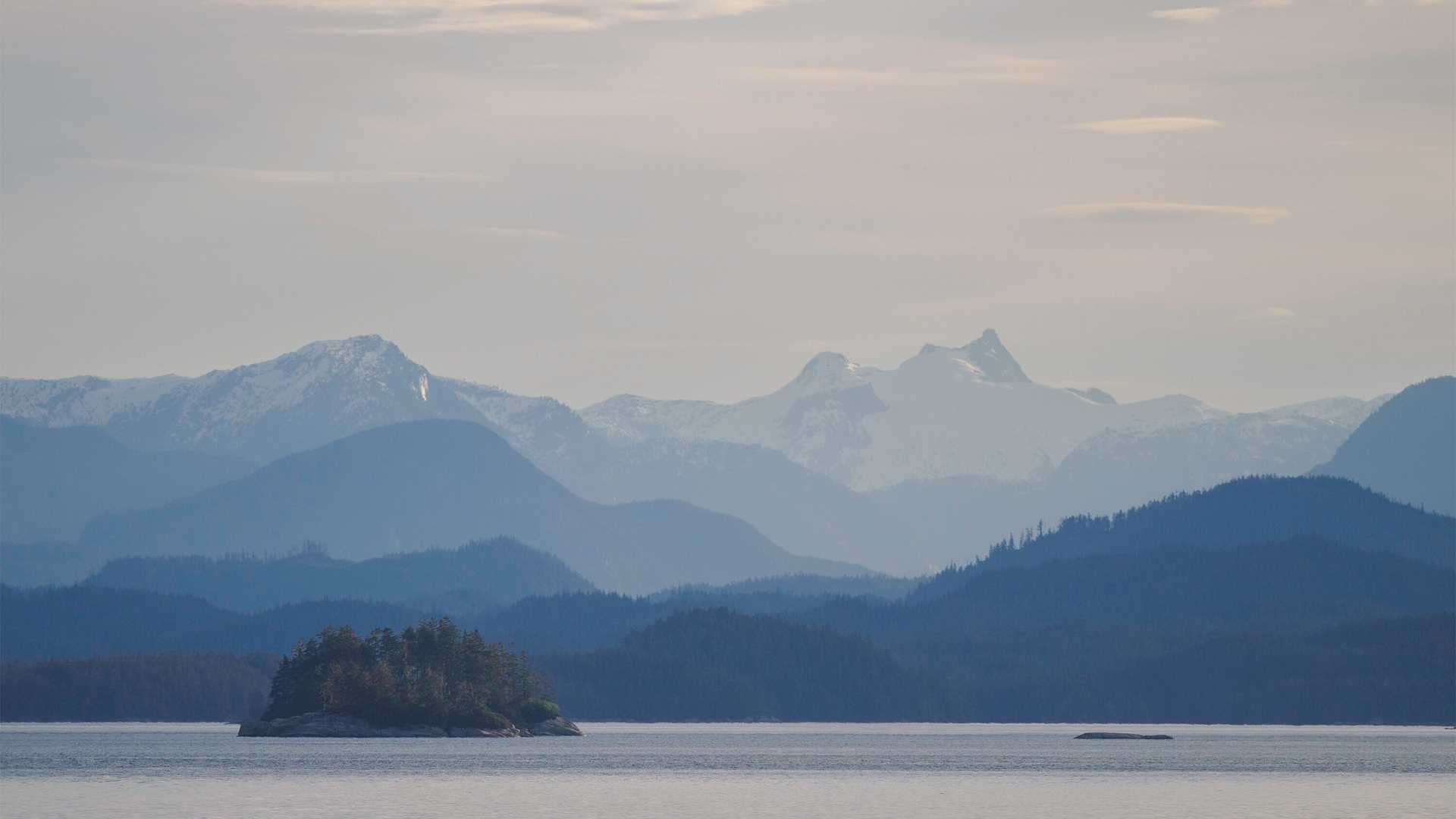Our morning was filled with wildlife viewing from the bow of National Geographic Quest. Early on, we saw our first Pacific loons and rhinoceros auklets. A distant flurry of bird activity turned out to be five bald eagles, more Pacific loons, and many Bonaparte’s gulls all feeding together. We figured it might be a bait ball of fish. Moments later, we discovered a pod of killer whales nearby and realized the birds might have been feeding on the leftovers of a killer whale breakfast. We could not confirm, as we turned the ship to spend the rest of our time with the orcas. In the afternoon, we traveled to Alert Bay, where we disembarked the ship. We had a very special cultural experience on Cormorant Island with a welcoming ceremony by the Kwakwaka’wakw, one of the Indigenous peoples of the coast of the Pacific Northwest. We enjoyed a tour of the U’mista Cultural Centre. It was another beautiful and fun day here in British Columbia!
- Daily Expedition Reports
- 12 May 2023
Johnstone Strait and Alert Bay, 5/12/2023, National Geographic Quest
- Aboard the National Geographic Quest
- Alaska
Bryan Holliday, Naturalist/Certified Photo Instructor
Bryan comes from Illinois, where he was visited by an American Robin at the age of four. This remarkable encounter began his lifelong interest in birds, which led him to study at the University of Illinois, where he earned his B.S. in Ecology and as...
Read MoreShare Report
Treasures of the Inside Passage
VIEW ITINERARYRelated Reports
5/23/2025
Read
National Geographic Quest
Inian Islands and Port Althorp, Southeast Alaska
As we made our way out of Glacier Bay, we turned towards the mouth of the Inside Passage to take in the splendor of the Icy Strait. First, we Zodiac cruised around the Inian Islands, one of the most spectacular cruises in Southeast Alaska. Then we turned into Port Althorp where we made landfall to hike and kayak in the protected arm outside the massive tidal swings.
5/22/2025
Read
National Geographic Quest
Glacier Bay National Park, Alaska
Glacier Bay National Park pulled out all the stops for the guests of National Geographic Quest today. We started our day with four brown bears before enjoying a fantastic brunch. As the day went on, we were treated with calving glaciers, fantastic terns, brilliantly sunny skies for a watercolor workshop on the sun deck, and more animals than we could count. 10/10 expedition day!







